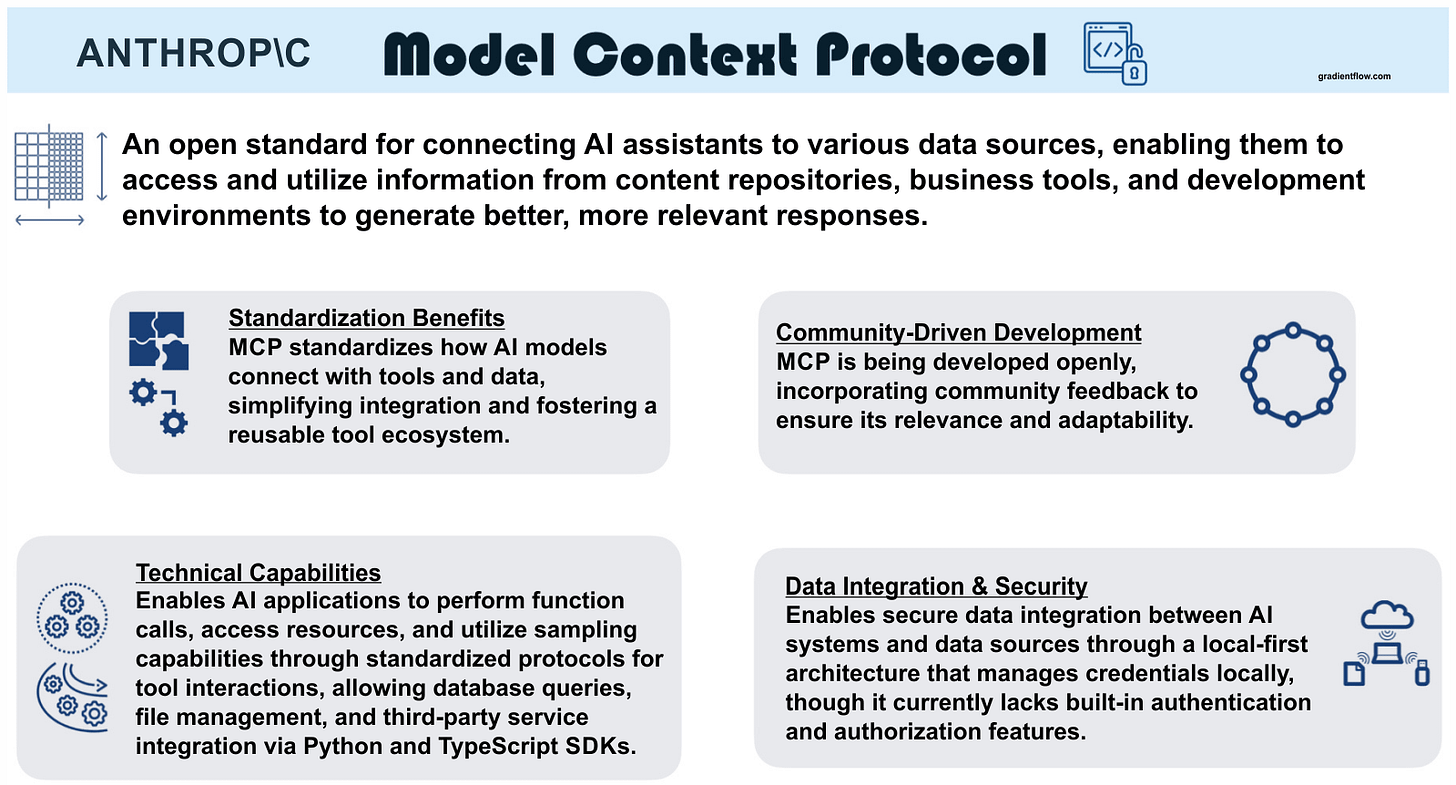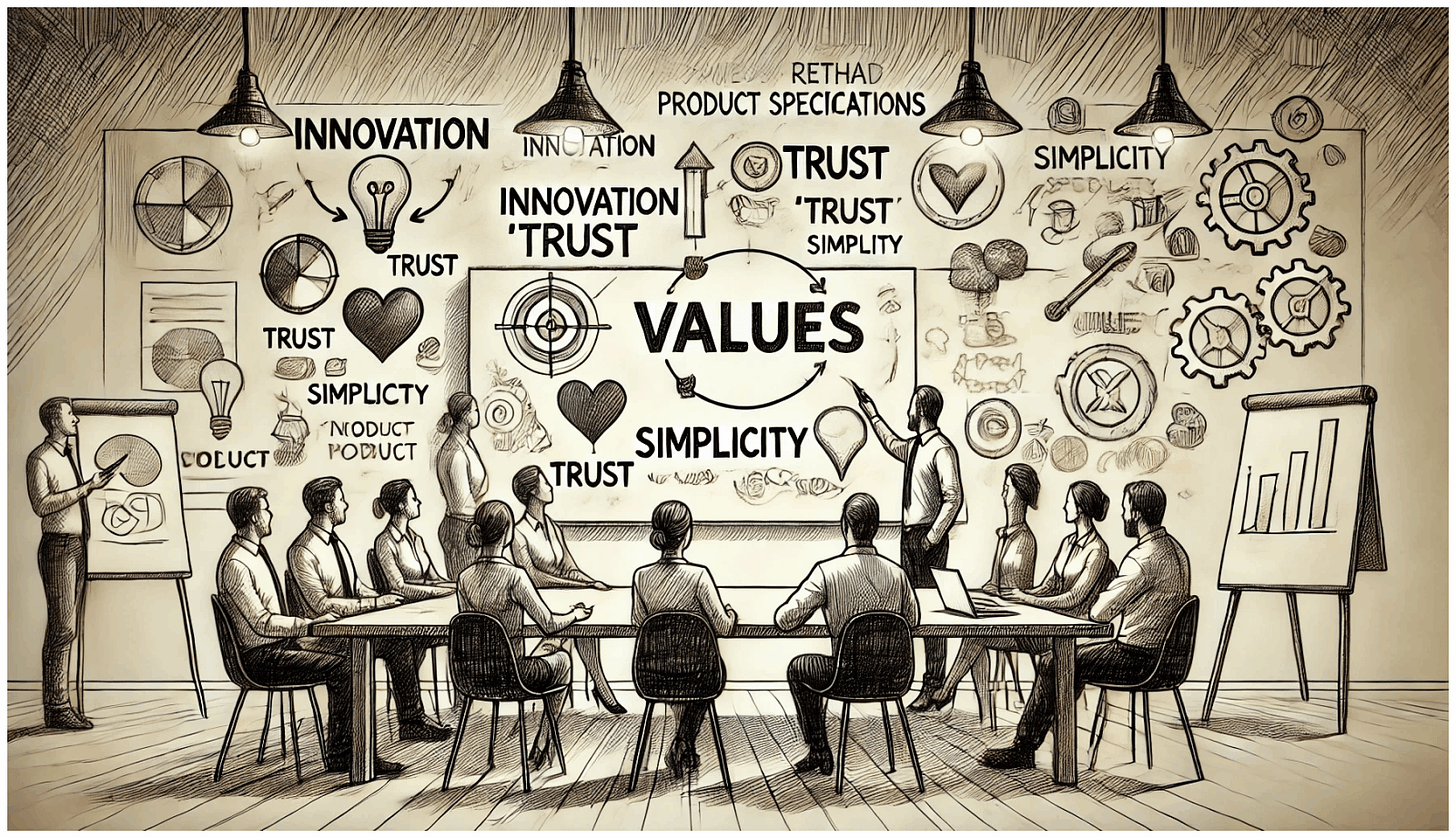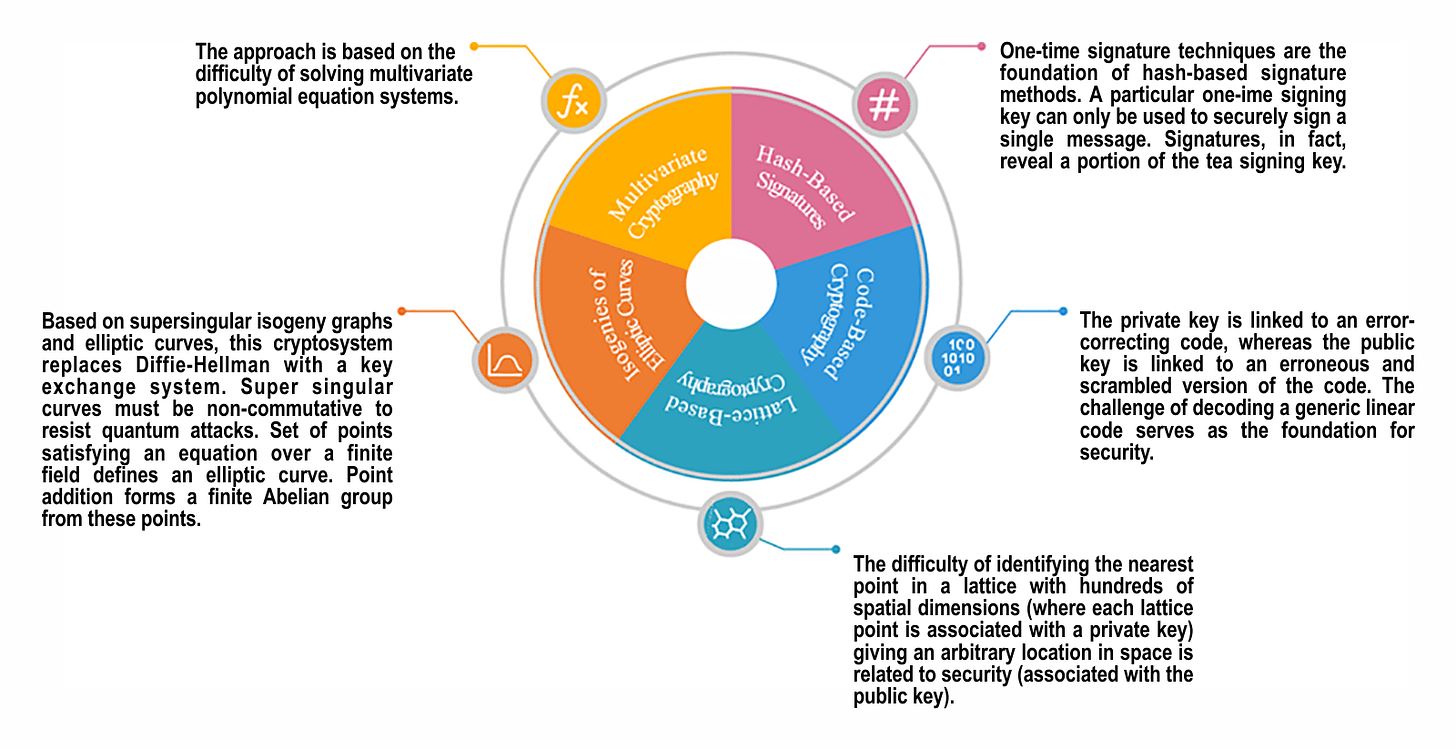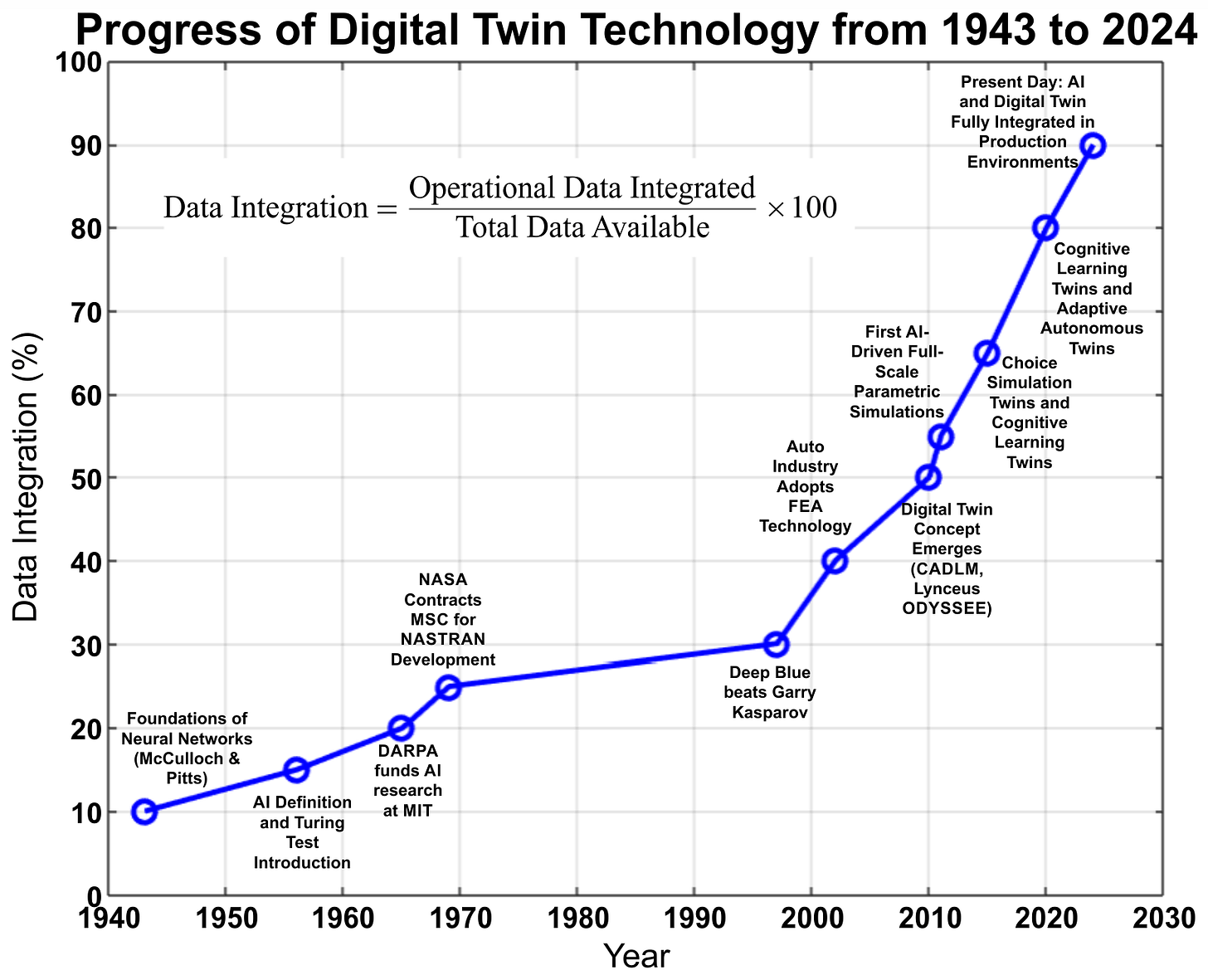Binary Circuit - January 03, 2025
Your weekly guide to most important developments in technological world
Welcome to the special new year edition of Binary Circuit
This week's market-moving developments:
Why NVIDIA's acquisition of Run:ai is a massive opportunity for businesses of all sizes
Anthropic's Model Context Protocol (MCP) is a game changer for AI. Enterprise AI integration made easy
Post-quantum cryptography is an emerging field for innovation. What should you know?
AI agents are poised to become mainstream in 2025
Let’s dive in!
Why NVIDIA's acquisition of Run:ai is a massive opportunity for businesses of all sizes
Run.ai, an Israel-based company, specializes in Kubernetes-based orchestration, therefore enabling dynamic GPU allocation across workloads by optimizing GPU resource use. This increases the scalability of artificial intelligence systems by improving efficiency in AI model training and application. NVIDIA received regulatory approval on December 30 for this $700 million acquisition.
Run.ai’s software complements NVIDIA's GPUs and AI systems to attract additional customers. The acquisition strengthens NVIDIA's market dominance by reaching mid-sized companies and startups without large-scale AI infrastructure.
The collaboration will aid the democratization of AI across business sizes and geographies. Here’s why.
Simplifes AI infrastructure management: It lowers the demand for costly in-house IT personnel, therefore allowing smaller companies and academics access to AI resources.
Accessibility to AI infrastructure: Accessibility expands to companies of all sizes because of its availability on-site, in the cloud, or in hybrid configurations.
Open-source platform increases innovation and customization: Reports imply Run: AI aims to open-source sections of its platform to foster innovation and make tools available to more developers.
Cost Efficiency: Run.aI's dynamic resource pooling reduces GPU idle time, making AI operations cheaper.
Broader Developer Access: It helps developers build and grow AI apps quickly without GPU management experience.
Anthropic's Model Context Protocol (MCP) is a game changer for AI. Enterprise AI integration made easy
Last week, Anthropic published MCP, an open-source tool, MCP that could transform AI system data connectivity.
What is MCP?
Consider designing an AI assistant. It must be connected to client databases, financial information, cloud storage, etc. to be useful. Developing custom connectors for every data source takes time and effort.
Unlike building separate connections, MCP can easily combine all data sources. Using a common protocol, MCP links artificial intelligence systems to any data source, therefore facilitating this. Consider it as an AI universal adaptor.
Why does it matter?
Efficiency: MCP removes custom connectors, saving developers time and money
Scalability: It simplifies connecting AI systems to many data sources, enabling more complex and powerful applications
Interoperability: MCP standardizes AI system-data connections, improving AI platform interoperability
Innovation: By simplifying data integration, MCP expands AI applications and fosters creativity, enabling previously unthinkable applications
Business Impact:
Efficiency: Deploy AI solutions across different data sources without bespoke coding for faster implementation
Reduced Technical Debt: Standardized protocol reduces maintenance
Future-proofing: As AI systems evolve, the protocol remains consistent
MCP could transform AI system development and deployment. We can anticipate:
Smarter AI assistants as more data means more knowledge and ability
Easier integration will help organizations integrate AI into their workflows
MCP could help unify and interoperate AI ecosystems
Looking to boost productivity and revenue or reshape your business model? GreenLight provides the expertise.
Steve Jobs' Timeless Advice: Promote Values Above Product Specifications
Timeless Steve Jobs Marketing Advice: Values, Not Specs
"Marketing is about values," famously stated Apple founder Steve Jobs. This simple tip is beneficial for all companies. One could get lost in the demand of advertising and data. Jobs believed that organizations should emphasize their core values rather than product features to connect with customers.
Jobs used Nike as a case study. Nike positioned athleticism and greatness at the center of their marketing campaigns, never about the gear. Their ads emphasize brand values over technical specifics.
Likewise, Apple's "Think Different" campaign honored visionaries, rebels, and inventors under this principle. It reminded consumers that Apple was about innovation and progress, not just hardware.
This customer-centric approach is crucial now more than ever. Companies must express their values in today's competitive corporate environment.
Post-quantum cryptography is an emerging field for innovation. What should you know?
Leading-edge quantum computing advances are moving the technology closer to practical applications. Google, IBM, and Microsoft reached milestones in 2024. Google's Willow device decreases scaling qubit noise and errors, while IBM's Heron processor executes complex algorithms with unprecedented accuracy. These advances push quantum computing toward general deployment, increasing the need to safeguard communications and data post-quantum.
Quantum computers threaten the conventional RSA and ECC encryption. For example, Shor's algorithm is a quantum program that can crack various cryptographic protocols, which secure financial, healthcare, and government data. One rising issue is the “harvest now, decrypt later” strategy, where attackers acquire encrypted data now and decrypt it later as quantum capabilities develop.
Post-quantum cryptography (PQC) is a potent solution to resist quantum attacks. The U.S.-based National Institute of Standards and Technology (NIST) released its first three PQC standards in August 2024. These standards significantly protect digital infrastructure from future threats. NIST approved 14 more quantum-resistant encryption methods in October 2024. Governments and businesses are prioritizing PQC investments to defend national security and finance.
NIST has established post-quantum cryptography milestones. RSA-2048 and ECC-256 algorithms will be discontinued by the end of this decade, and by 2035, they will be completely banned. Quantum-resistant system migration is urgent for enterprises, given this timetable.
Established companies are already adopting PQC. Amazon Web Services announced its migration strategy to safeguard its services using PQC techniques, and SEALSQ launched SEALQUANTUM, a post-quantum lab. These efforts emphasize the need for enterprises to build migration methods and quantum-resistant algorithms.
AI agents will become mainstream in 2025
AI agents are poised to completely change the way that tasks are completed. Startups and big internet companies are investing billions, and 2025 will be their breakthrough year.
The AI technologies of today are, at most, copilots, helping users but needing supervision. That might not be the case soon. AI agents, according to experts, will function autonomously, analyzing data, making judgments, and acting without human direction.
The promise is enormous. AI agents might conduct data analysis, sales, and customer support, among other chores. Salesforce and Microsoft offer tools to build custom AI agents. SalesForce CEO Mark Benioff stated that he aims to deploy one billion agents within a year. OpenAI intends to launch “Operator,” its AI agent, this year.
Investments are on fire. Startups focused on artificial intelligence agents saw investment rise 80% in 2024. Deloitte's Global 2025 Predictions Report notes that 25% of generative AI users will deploy AI agent pilots this year, and the second half of the year may see full agent adoption in some workflows.
The workplace could shift radically once these AI agents become as successful and autonomous as intended. One thing is certain: AI agents will rule conversations in 2025 regardless of success or failure.
Chart of the week:
Generational AI became fully integrated with digital twins in 2024, setting the stage for an explosion of innovative use cases in 2025, when these dynamic duos will foresee failures, optimize designs, and even create new products.





